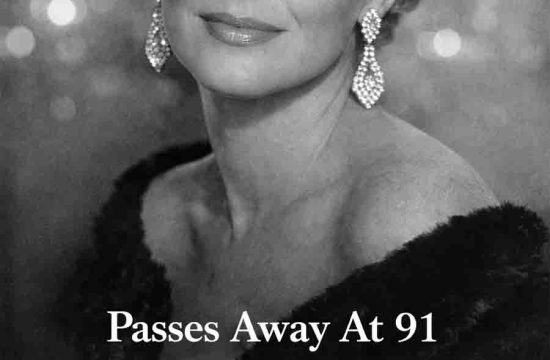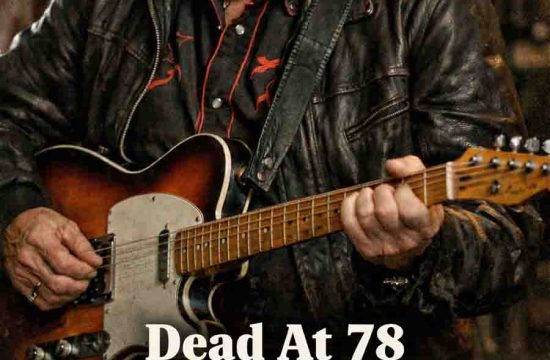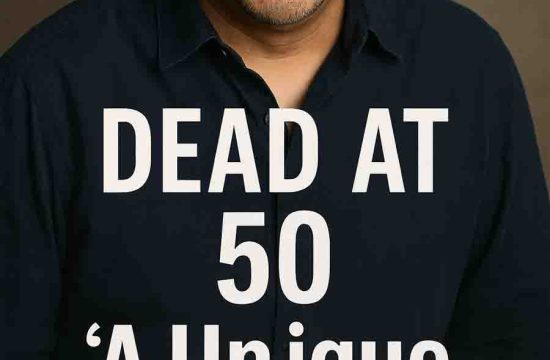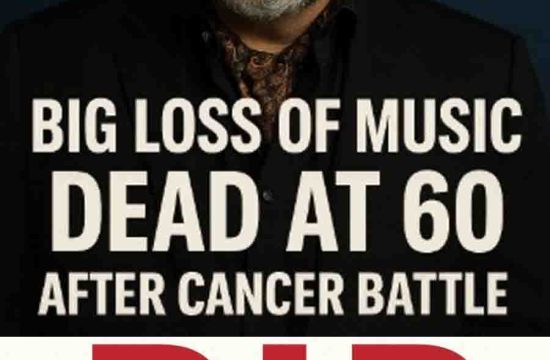A Legend: 1944–2025
The world of cinema bids farewell to one of its most idiosyncratic and enduring figures: German actor Udo Kier has died at the age of 81. People.com+2EW.com+2 His partner, Delbert McBride, confirmed the news; no cause of death has yet been announced.
Early Life and Beginnings
Born Udo Kierspe on 14 October 1944 in Cologne (then part of Nazi Germany), Kier’s entrance into life was dramatic. The hospital where he was born was bombed just hours after his birth, and he and his mother were rescued from the rubble.
Growing up without a father and under modest circumstances, he later moved to London at the age of 18 to learn English and carve out a path beyond his wartime-generation childhood.
A Career Like No Other
Breakthrough & Cult Status
Kier’s breakout came in the early 1970s with the cult horror films Flesh for Frankenstein and Blood for Dracula (both associated with Andy Warhol’s circle) — roles that cemented his image as the elegant, unsettling European figure in horror and exploitation cinema.
He soon became a fixture of European arthouse and genre films, working with eminent directors such as Rainer Werner Fassbinder, Lars von Trier, and Gus Van Sant.
Hollywood & Wider Reach
Though rooted in European cinema, Kier crossed into mainstream Hollywood. Memorable appearances include Ace Ventura: Pet Detective, Blade and Armageddon.
His work wasn’t just on the silver screen — the actor also appeared in music videos (notably for Madonna) and even contributed to voice and video-game roles, underlining his versatility and enthusiasm for new forms.
Prolific Output
Over a career spanning nearly six decades, Kier racked up well over 200 credits, with some sources citing 250+ projects. His final film role was in The Secret Agent (2025).
The Persona: Why He Mattered
What made Udo Kier unique was his ability to combine the bizarre and the magnetic — a refined elegance paired with oddness, an outsider’s charisma that made even small roles memorable.
“What a good actor, he did weird very well.” — Reddit commenter
He once observed:
“…if you play small or guest parts in movies, it is better to be evil and scare people than be the guy who works in the post office…”
His openness about his sexuality (he was openly gay) also made him a quiet icon of authenticity in an industry where many stayed closeted.
Legacy & Final Days
Kier spent his later years living in Palm Springs, California, having moved to the U.S. in the early 1990s.
While the cause of his death has not been released, his passing prompted a wide-ranging outpouring of tribute from directors, peers and fans around the globe. The breadth of his work – from underground horror to mainstream Hollywood blockbusters – means his legacy touches many corners of cinema.
In Memoriam
Udo Kier leaves behind a body of work that is as eclectic as it is extensive — horror and arthouse, flamboyant villains and quiet cameos, European art-films and Hollywood comedies.
For anyone looking to explore his career, here are three recommended entry-points:
-
Flesh for Frankenstein (1973): A bold early work that launched his cult status.
-
My Own Private Idaho (1991): His bridge into American cinema, with director Gus Van Sant.
-
Melancholia (2011): A later career highlight with Lars von Trier, showing his depth in arthouse contexts.
Final Thoughts
The film world has lost a singular talent — someone who never quite fit into conventional leading-man boxes, and who turned that to his advantage. Udo Kier’s legacy is not about awards or blockbuster dominance (though he had his fair share of both) — it’s about persistence, versatility and the willingness to take risks.
In the words of one obituary:
“You will never forget him.”
May he rest in peace — and may his performances continue to surprise, unsettle and fascinate new audiences.











